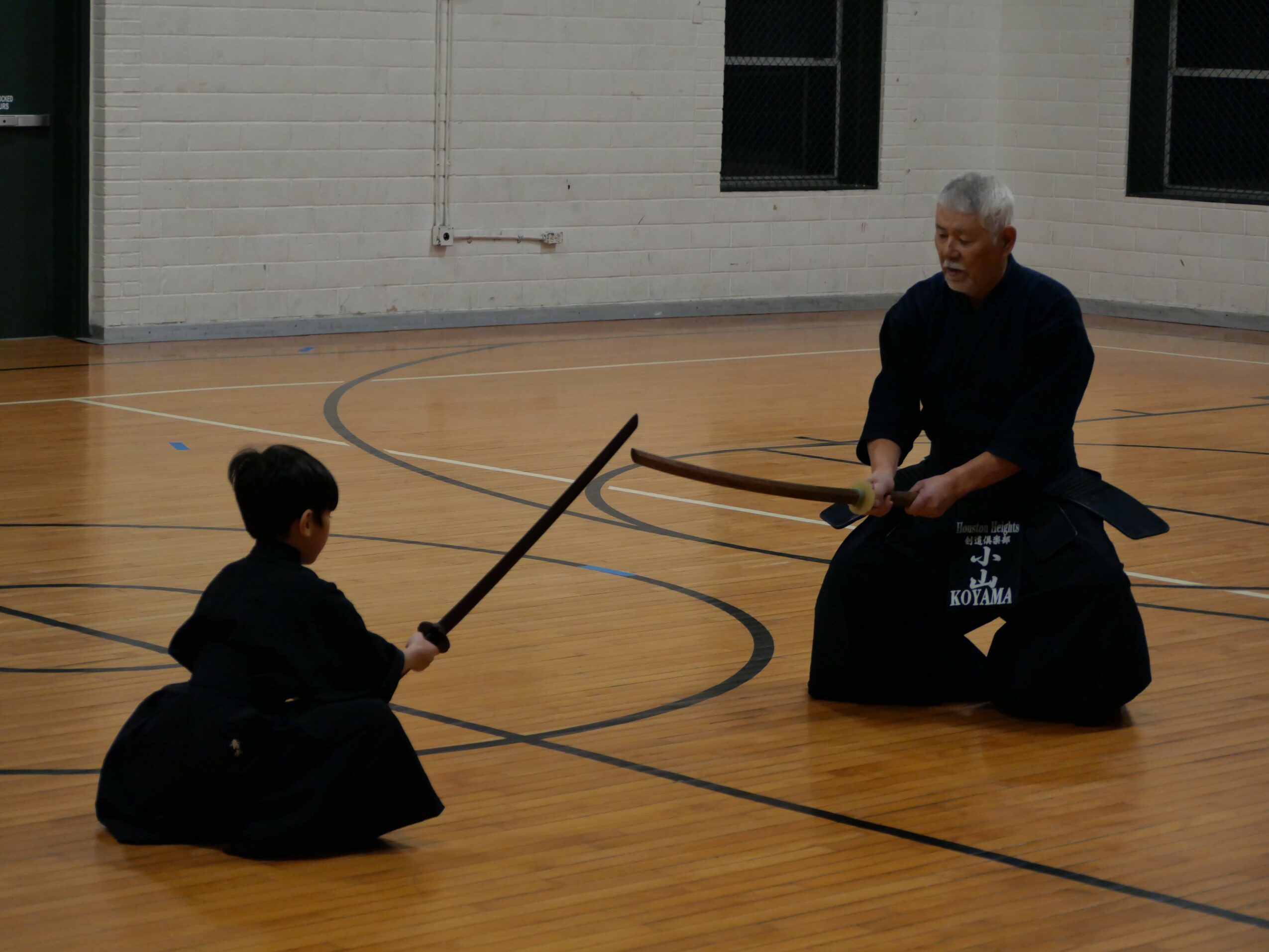

Today we’d like to introduce you to Masayuki Koyama.
Alright, so thank you so much for sharing your story and insight with our readers. To kick things off, can you tell us a bit about how you got started?
I got into kendo when I was in high school. My family has a tradition of practicing kendo, so I was automatically enrolled in the kendo club. Doing kendo in high school, to be honest with you, I didn’t like it. You ended up doing more choirs like washing the senpais’ hakama and keikogi, keeping up with everyone’s bogu, and keeping dojo clean. I didn’t like it, but I did it.
Then when my son was about 8 years old, back around 1999, I wanted to teach him something that would help keep him out of street gangs, away from drugs, and just out of trouble in general. The only thing I knew was kendo, and I had not done it for many years. But I decided to relearn and to teach my son. And over the next 3 to 5 years, I relearned what I had lost and was teaching my son. But somewhere along the way I picked up other students at the community center I was using. And that is how I started my current journey with kendo.
We moved to Houston and after some time with other Kendo dojos I decided to open my dojo in the Heights in 2018. We have been there ever since, through covid, hurricanes, and the May 2024 Deracho(we were actually training when it hit) we have been at Stude Community Center training.
I’m sure it wasn’t obstacle-free, but would you say the journey has been fairly smooth so far?
No, but that is what makes kendo what it is. Kendo isn’t just a sport and it’s not about being in competition with everyone. It’s hard work and dedication that can only be achieved when we all work together to be better. When I started again after so many years after High School I was 48 years old. There are struggles with age when you start later in life but with the help of the online community and my friends from Japan I was able to move forward and get to where I am today.
The other thing is the image or even the lack of knowledge of what Kendo is. It is not as popular as karate or Brazilian jiujitsu. So, when you mention kendo people don’t know what it means, and saying that its Japanese fencing is only just the surface of it. It is a strict discipline that is centered around Reiho, etiquette, and respect for each other and the sword. Which is a problem on its own, people do not see the shinai as a katana, but as a bamboo stick. So, there is a lot mentally that you have to process and learn beyond just hitting and getting hit with sticks. So just saying Japanese fencing is a quick answer, but it’s not the full story.
Appreciate you sharing that. What else should we know about what you do?
I am retired now, I spend my time teaching Kendo, riding my bicycle, and when I can I enjoy fishing. But I would say I am best known for teaching Kendo. My current students will meet other kenshi at tournaments and they will ask how I am doing and tell them they had trained under me years ago. And now these kenshi are living in Panama, parts of Texas, Mexico, Orlando, and even New York. Regarding my Kendo journey, I am most proud of my son. He lives in New York and is currently teaching Kendo there as a Rokudan(6thDan). What started at 8 years old has turned into a lifelong journey in kendo for him.
What does success mean to you?
To meet many kenshi from all over the world. Kendo is without borders, from Russia to South Africa to Australia. That is success of doing of kendo, one kendo one world.
Contact Info:
- Website: https://www.houstonheightskendo.com/
- Facebook: https://www.facebook.com/groups/houstonheightskendo/
- Other: https://linktr.ee/houstonheightskendo
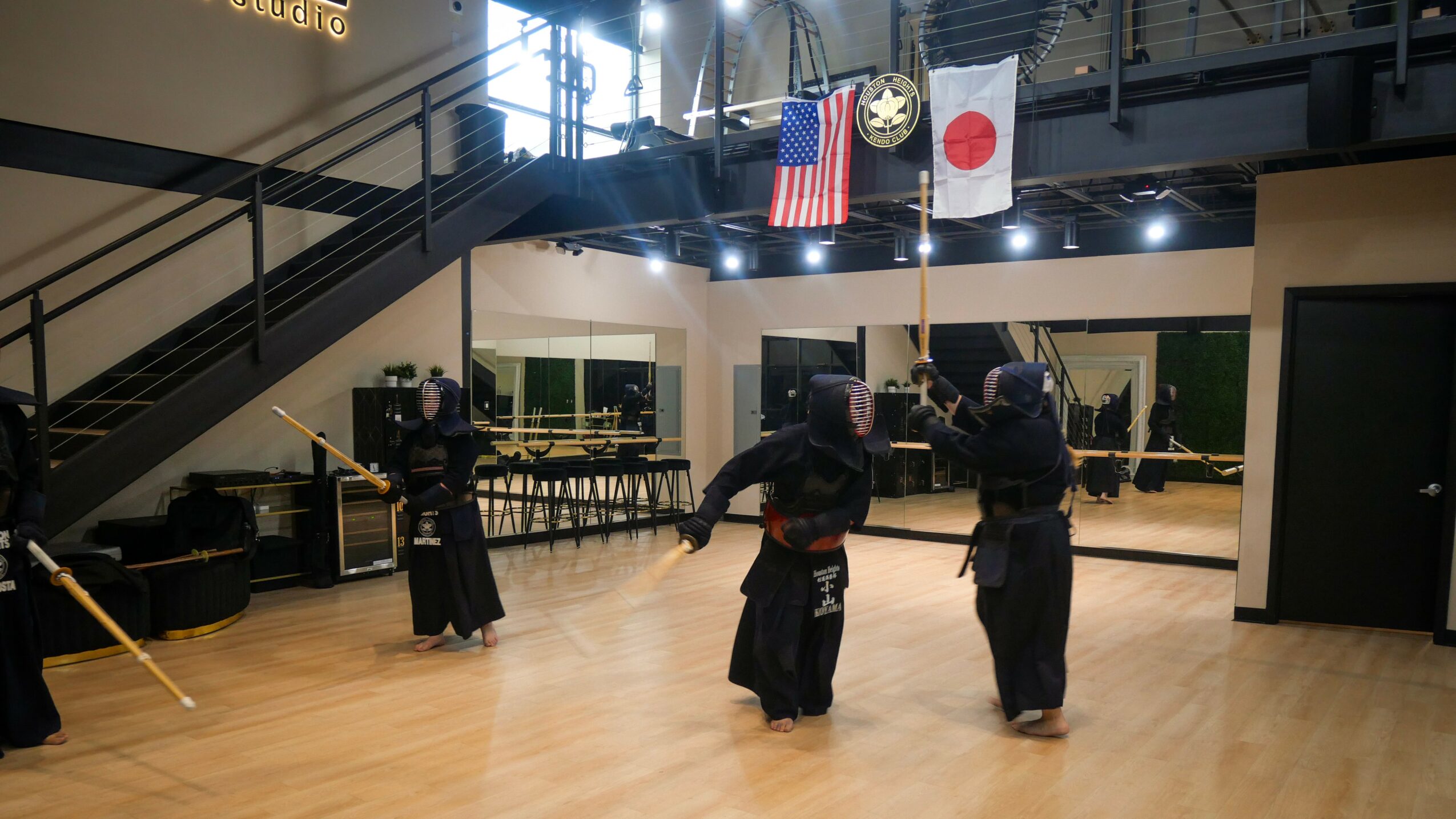

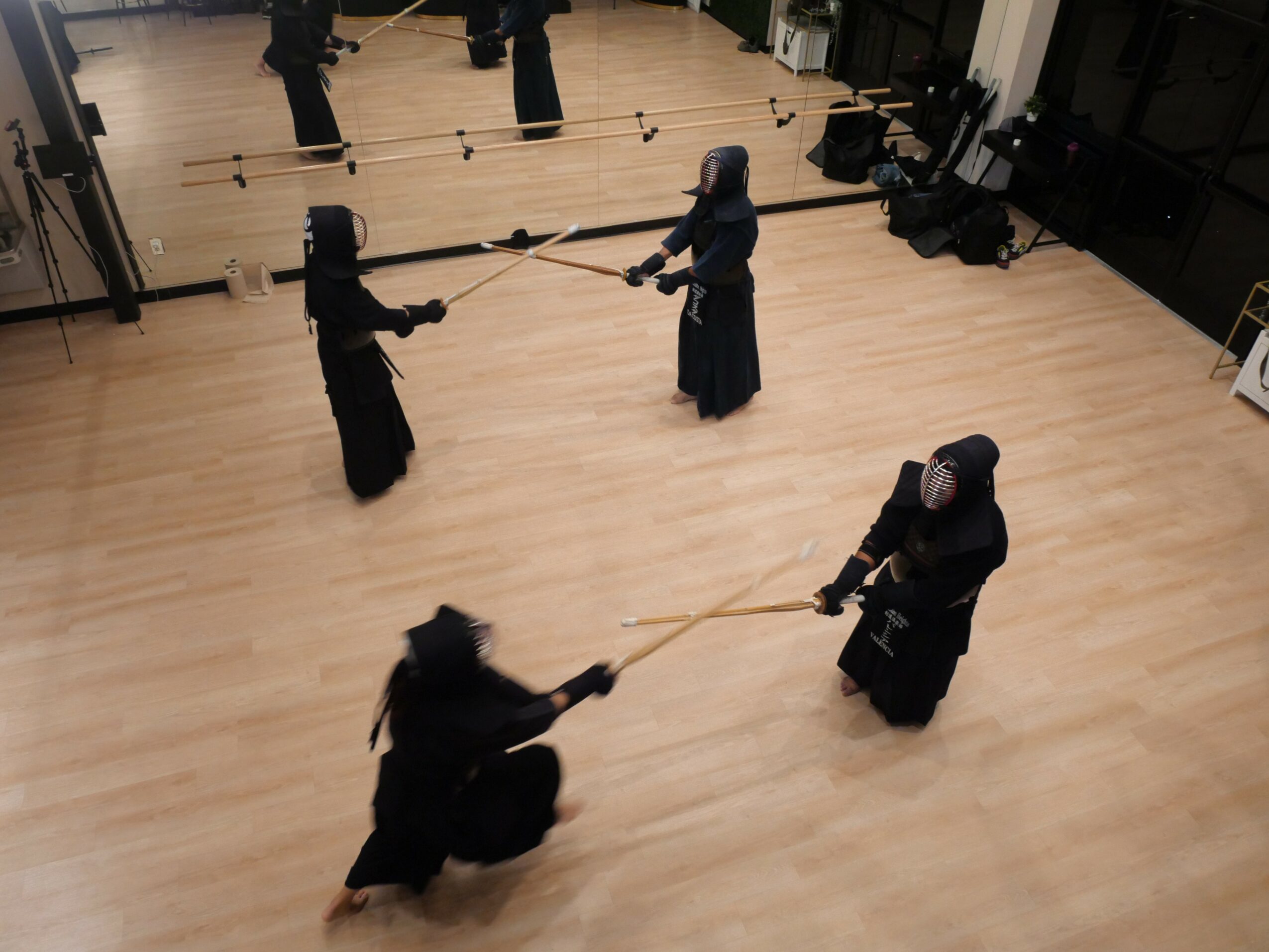

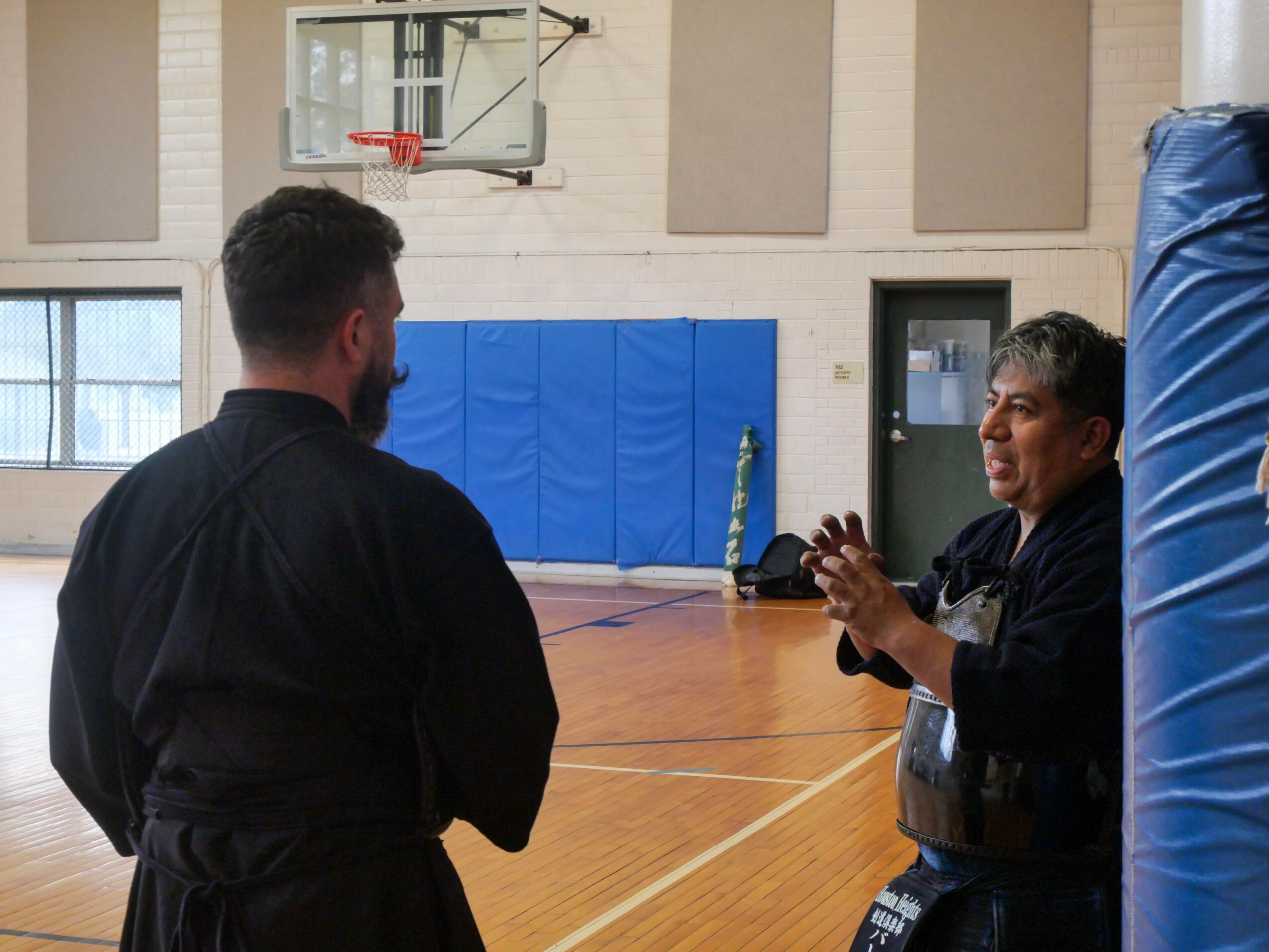
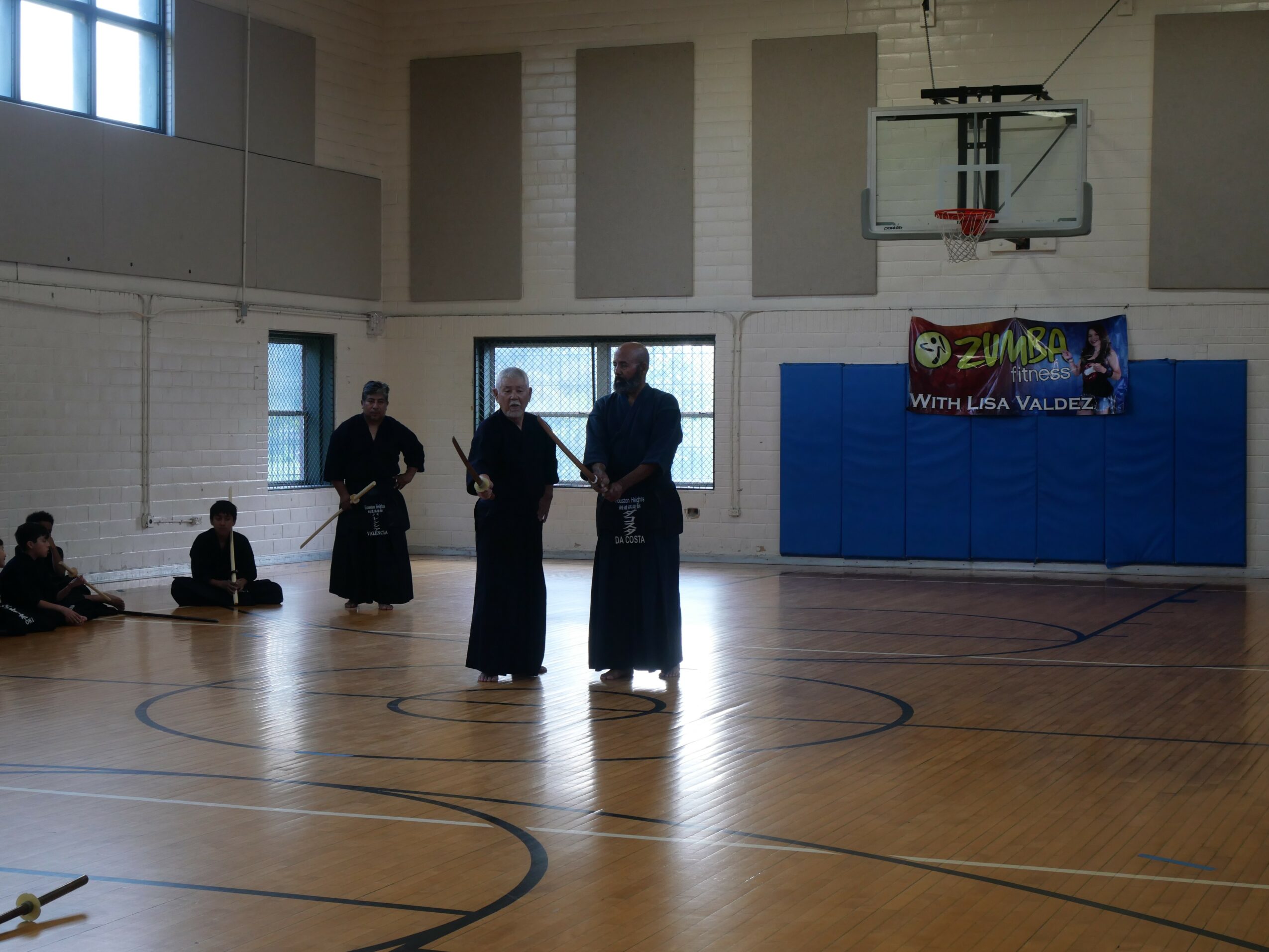

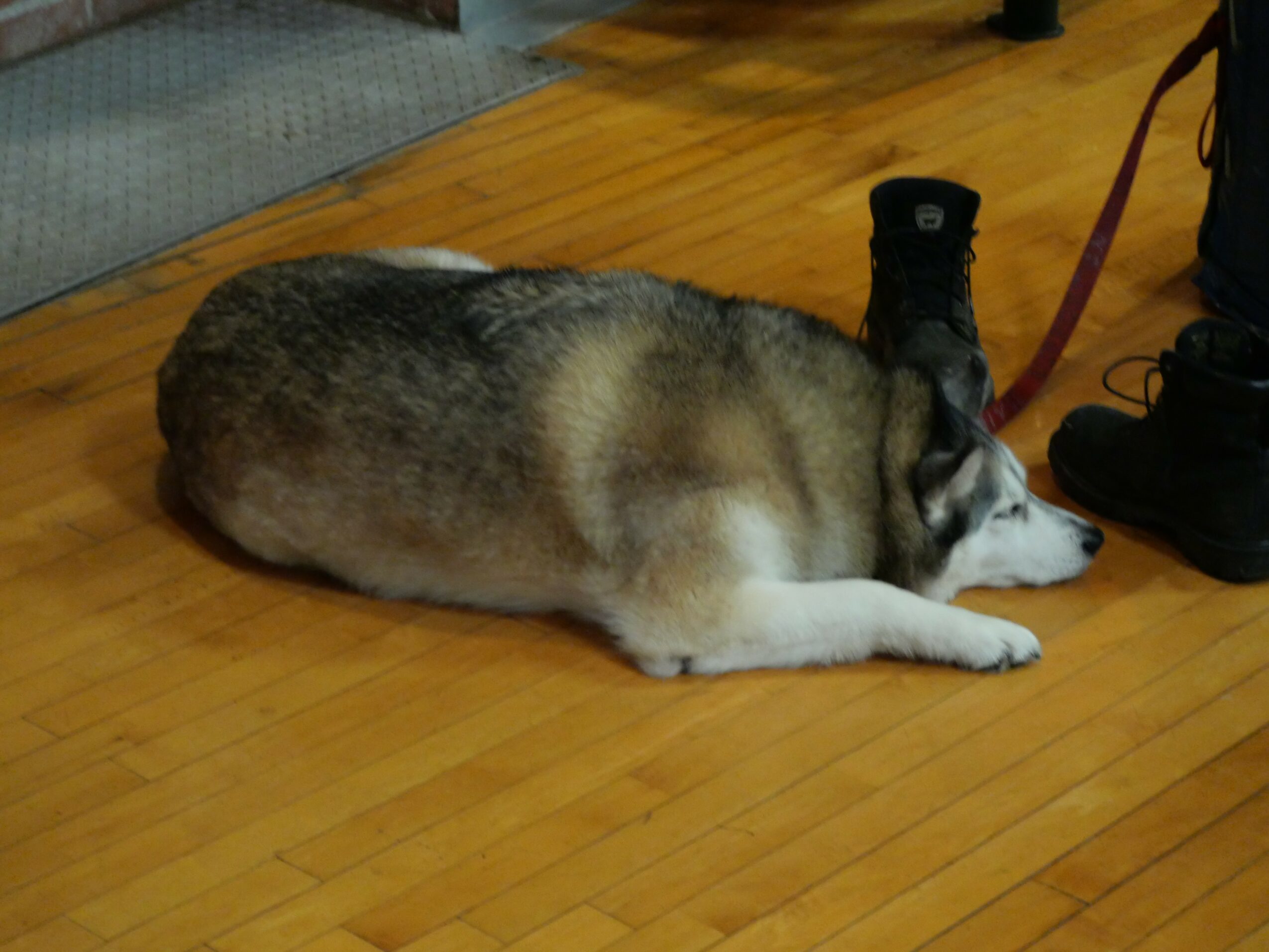
Image Credits
Club Secretary: Chris Posival










